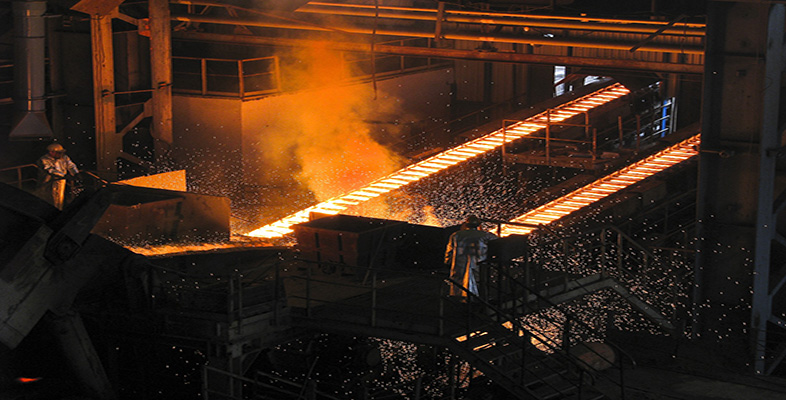1 How do organisms acquire iron?
Metals are an essential part of biological chemistry. Of all the trace elements, iron is the most important, especially as it is present in many essential enzymes and proteins. But how do organisms acquire the iron from their surroundings? Clearly, organisms need to absorb iron biochemically before it can be used in proteins. Also, some method of replacing lost iron quickly is needed: for instance, how is blood replaced once it has been lost through a cut? This prompts the question: what biochemical systems are responsible for the uptake and transport of iron, or, indeed, any metal, within an organism? In this course we shall examine something of what is known about iron uptake, transport and storage in organisms.
We begin by recalling that the iron proteins, myoglobin and haemoglobin, are essential for O2 transport and storage. The higher structures of these proteins are very precise, and any small changes in their structures lead to inefficient O2 transport and storage. Indeed, there is a class of human genetic diseases, which affects the structure of haemoglobin specifically. In this class of diseases, called thalassaemia, the molecular structure of haemoglobin is distorted; as a result, thalassaemic haemoglobin is inefficient at transporting O2 (see Box 1).
Box 1 Thalassaemia
Thalassaemia is one of the most common of hereditary (i.e. genetic) human diseases. Thalassaemia patients suffer from similar symptoms to anaemic patients, as essentially both have low counts of healthy red blood cells. The disease is called thalassaemia (Greek: thalassa, sea) because it is very common in countries surrounding the Mediterranean Sea. It is also widespread in Central Africa, India and South-East Asia (Figure 1), Thalassaemia is also known as Cooley's anaemia, after the American physician who first identified it. There are two main types of the disease, thalassaemia-minor and thalassaemia-major. The former usually has symptoms of mild anaemia, whereas the latter is seriously debilitating.
The treatment for thalassaemia-major is regular blood transfusions, which restore the healthy red-blood cell count to normal levels. However, this leads to problems. The problems are not directly linked to the symptoms of anaemia, which are largely ameliorated by the transfusions, but to the regular intake of large quantities of iron into the body. The human body is capable of excreting a maximum of about 10 mg of iron a day, whereas regular blood transfusions put far more iron into the body. This leads to a condition known as iron overload or haemochromatosis.
Iron, like all other metals in an organism, has an optimal concentration: too little or too much leads to ill health. For example, one of the symptoms of iron overload is increased susceptibility to bacterial infection. This extra iron can be absorbed by other organisms, particularly bacteria (remember that not only humans require iron to live), which then proliferate and cause infection.
Due to its high mortality rate and widespread occurrence, thalassaemia is the subject of much medical research. It does, however, highlight some important principles for the bioinorganic chemist. Firstly, it is clear that within the healthy human body, biochemical systems carefully control the level of iron so that it is around an optimal value (this control is known as homeostasis). Secondly, it appears as if the human body has a means of transporting iron and probably storing it. For example, some iron stores are required in case of sudden loss of iron, say from heavy bleeding. Thirdly, within the body, iron is not made available to other organisms, thus helping to reduce the possibility of bacterial infection. Fourthly, bacteria themselves must have a means of absorbing iron.
In this course we shall examine the principles stated above. To begin with, it will be necessary to study some of the basic chemistry of iron and its coordination complexes. Then we shall look at the biochemical systems involved in iron uptake by bacteria. Finally, we shall examine biochemical systems for transporting and storing iron in humans.

